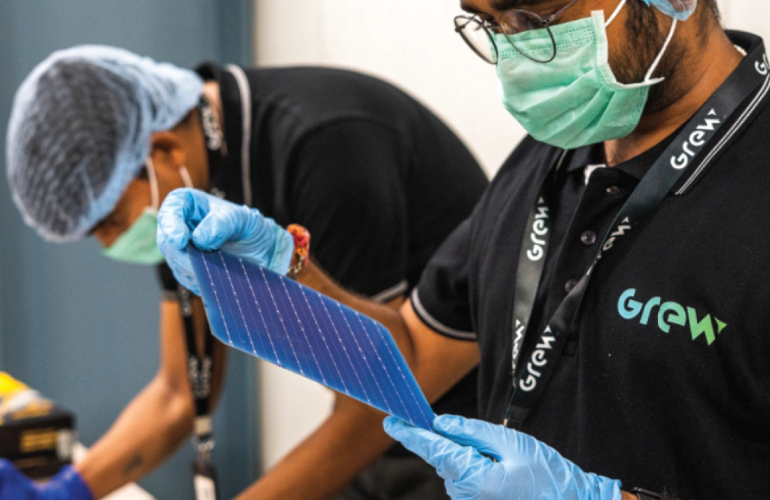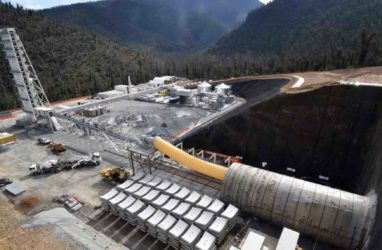The U.S. solar industry is experiencing unprecedented growth, with a remarkable addition of 40 GW of new solar capacity in 2024, reflecting a 55% increase from the previous year. This surge positions solar energy as a critical component of the nation’s electricity supply, potentially reaching 40% in the near future, according to forecasts from the U.S. Department of Energy. However, this rapid expansion raises significant concerns regarding the resilience of the solar supply chain, which is currently vulnerable to geopolitical tensions, trade disputes, and reliance on a limited number of suppliers. The pressing need for diversification in sourcing materials and components is paramount to ensure energy security and sustain the momentum of solar adoption across the country.
To address these challenges, stakeholders must prioritize the development of a robust and diversified solar supply chain. This involves investing in domestic manufacturing capabilities, fostering partnerships with a broader range of international suppliers, and enhancing recycling and reuse initiatives for solar components. By implementing these strategies, the U.S. can mitigate risks associated with supply disruptions and create a more stable energy landscape. The implications are profound: a resilient supply chain not only supports the growth of solar energy but also strengthens national energy security, positioning the U.S. as a leader in the global renewable energy market.






